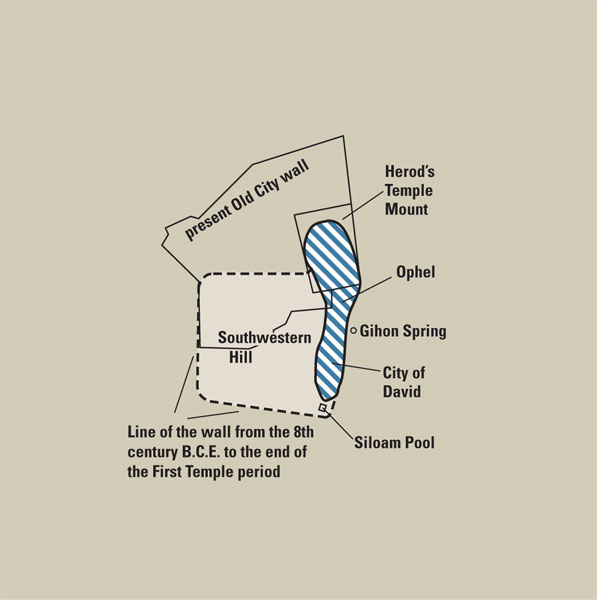Image Details

Jerusalem greatly expanded in the eighth century B.C.E., incorporating the areas well west of the City of David. A little more than a century later, in 586 B.C.E., this enlarged Jerusalem was destroyed by Nebuchadnezzar and its inhabitants were exiled to Babylonia. After the Persian King Cyrus defeated Babylon in the late sixth century B.C.E., he allowed the exiles from Judah to return home; under Nehemiah, the exiles rebuilt the walls of Jerusalem. But which walls did they rebuild? In a previous issue, archaeologist David Ussishkin argued that they rebuilt the walls of the large, eighth-century B.C.E. city. Hillel Geva now counters that they rebuilt only the older, smaller walls of the City of David. He notes in the accompanying article that they would have had neither the need nor the manpower to build such a long wall.
